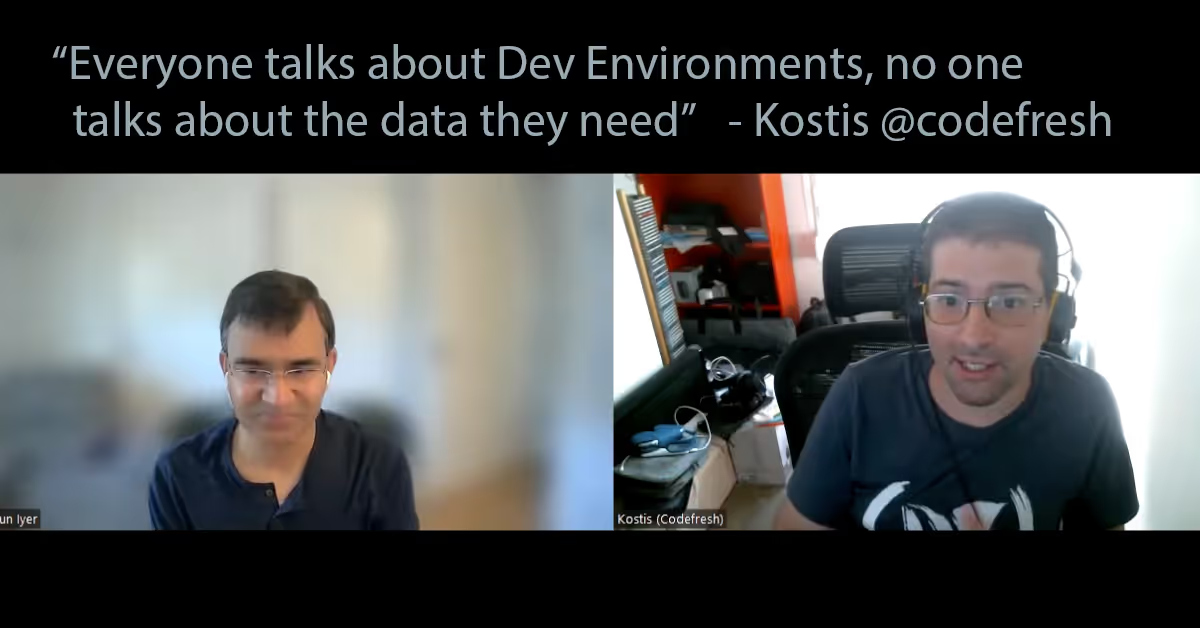This is some text inside of a div block.
Lightweight Kubernetes Developer Environments for Fast Integration Testing
In modern cloud-native development, the velocity of innovation is directly tied to the efficiency of the development and testing lifecycle. Traditional, static staging environments often become bottlenecks, burdened by high costs, resource contention, and slow feedback loops. To address these challenges, engineering teams are increasingly adopting lightweight and ephemeral Kubernetes environments. These solutions provide on-demand, isolated testing grounds that significantly reduce infrastructure costs and accelerate development cycles.This article examines the role of lightweight Kubernetes environments, explores different approaches to their implementation, and highlights tools that enable teams to build faster and more cost-effectively.The Limitations of Traditional Staging EnvironmentsFor years, a shared staging environment was the standard for pre-production testing. However, in a microservices architecture, this model presents several critical drawbacks:High Cost: Maintaining a 1:1 replica of a production environment is resource-intensive and expensive, especially when it sits idle for long periods.Resource Contention: Multiple developers or teams attempting to deploy and test changes in a single shared environment often leads to conflicts, overwritten changes, and scheduling delays.Slow Feedback: The process of deploying to a staging environment, running tests, and gathering feedback is often slow, hindering developer productivity and extending release cycles.Configuration Drift: Shared environments can easily diverge from production, leading to tests that pass in staging but fail in production.Kubernetes provides the foundational capabilities to overcome these issues by enabling the programmatic creation and destruction of environments. This has given rise to the practice of using ephemeral environments for testing and validation [1].Types of Lightweight Kubernetes EnvironmentsLightweight Kubernetes environments can be categorized based on their use case, from local development to integrated CI/CD testing.Local Kubernetes ClustersFor initial development and unit testing, developers can run a complete Kubernetes cluster on their local machine. These environments are designed for fast startup and ease of use, allowing developers to work with the Kubernetes API without needing access to a remote cluster.Leading tools for local Kubernetes development include:Kind (Kubernetes IN Docker): Creates multi-node Kubernetes clusters using Docker containers as nodes. It is known for its fast startup times and seamless integration with CI/CD pipelines [2].MicroK8s: A lightweight, zero-configuration Kubernetes distribution that is simple to install and comes with built-in add-ons for common services like DNS, storage, and monitoring [2].These tools are excellent for isolated component development but do not solve the challenge of testing a service's integration with a complex web of remote dependencies.Ephemeral Preview EnvironmentsEphemeral environments, also known as preview environments, are on-demand, short-lived deployments created automatically for a specific code change, such as a pull request (PR). They provide an isolated, production-like environment to test new features, bug fixes, and other changes with all their dependencies before merging to the main branch [3].By integrating these environments into a CI/CD pipeline, teams can automate the process of spinning up an environment for every commit, running automated tests, and tearing it down upon completion. This practice dramatically accelerates feedback loops and reduces infrastructure costs by ensuring resources are only consumed when needed [1].Strategies for Implementing Ephemeral EnvironmentsThere are two primary approaches to creating ephemeral environments in Kubernetes, each with different implications for cost and complexity.1. Full Environment DuplicationThe most straightforward approach is to duplicate the entire application stack for every pull request. This involves creating a new Kubernetes namespace and deploying all microservices and their dependencies into it. Tools like Helm and Kustomize are often used to codify and automate these deployments, ensuring consistency and reducing manual error [1].While this method provides maximum isolation, it is often prohibitively expensive and slow. Replicating dozens or hundreds of microservices for every PR consumes significant compute and memory resources, leading to high cloud bills and long wait times for developers.2. Resource-Smart Service ForkingA more advanced and cost-efficient strategy is to create lightweight environments by forking only the services that have changed. Instead of duplicating the entire stack, this approach deploys only the new version of a service and intelligently routes requests to it within an isolated context, while leveraging the existing, shared baseline environment for all other upstream and downstream dependencies.Signadot is a platform that specializes in this resource-smart approach. It creates lightweight preview environments, or "Sandboxes," that are not full replicas of a namespace. When a developer wants to test a change to a specific microservice, Signadot deploys only that new version. The Sandbox intercepts requests intended for the new service and routes them accordingly, while all other requests flow through the stable, shared services [4].This model offers several distinct advantages:Massive Cost Reduction: By avoiding the duplication of the entire stack, infrastructure costs can be reduced by over 90% compared to the full duplication model.Unmatched Speed: Sandboxes can be spun up in seconds, as only the modified components need to be deployed. This provides developers with nearly instant feedback [5].High-Fidelity Testing: Developers can test their changes against real dependencies running in a shared cluster, ensuring that tests accurately reflect real-world behavior [4].Collaborative Workflows: Multiple PRs from different teams can be combined into a single Sandbox, enabling comprehensive, cross-team integration testing before a single line of code is merged [5].Some technology companies have adopted this approach with Signadot to improve developer velocity, catch bugs earlier, and significantly lower their infrastructure spend.Selecting the Right Kubernetes Preview Environment ToolThe market for Kubernetes preview environment tools is growing, with various platforms offering different levels of automation and control [3]. When selecting a tool, teams should consider factors like cost, speed, integration complexity, and the ability to handle complex microservice dependencies.For organizations with complex, interdependent microservices, a solution that minimizes resource duplication is essential for scaling development practices effectively.ConclusionLightweight Kubernetes environments are a transformative technology for modern software development teams. By moving away from slow, expensive, and contentious staging environments to on-demand ephemeral previews, organizations can empower their developers to test changes faster, more frequently, and with greater confidence.While several tools can facilitate the creation of these environments, approaches that prioritize resource efficiency, such as the service-forking model, offer the most significant benefits in terms of cost savings and development speed. By adopting these advanced testing methodologies, platform engineering teams can provide a superior developer experience and accelerate the delivery of high-quality software.




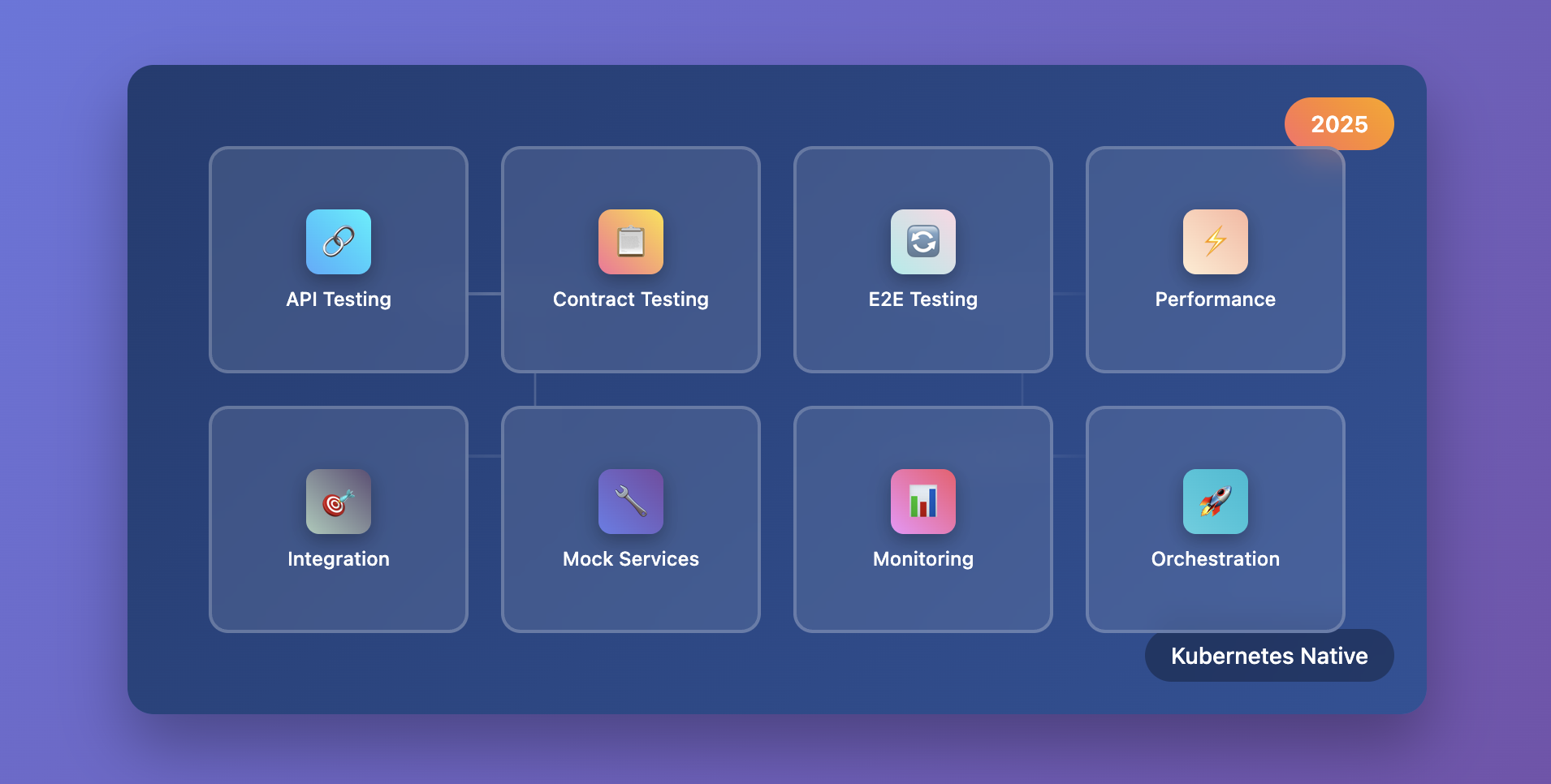
.jpeg)

.jpeg)



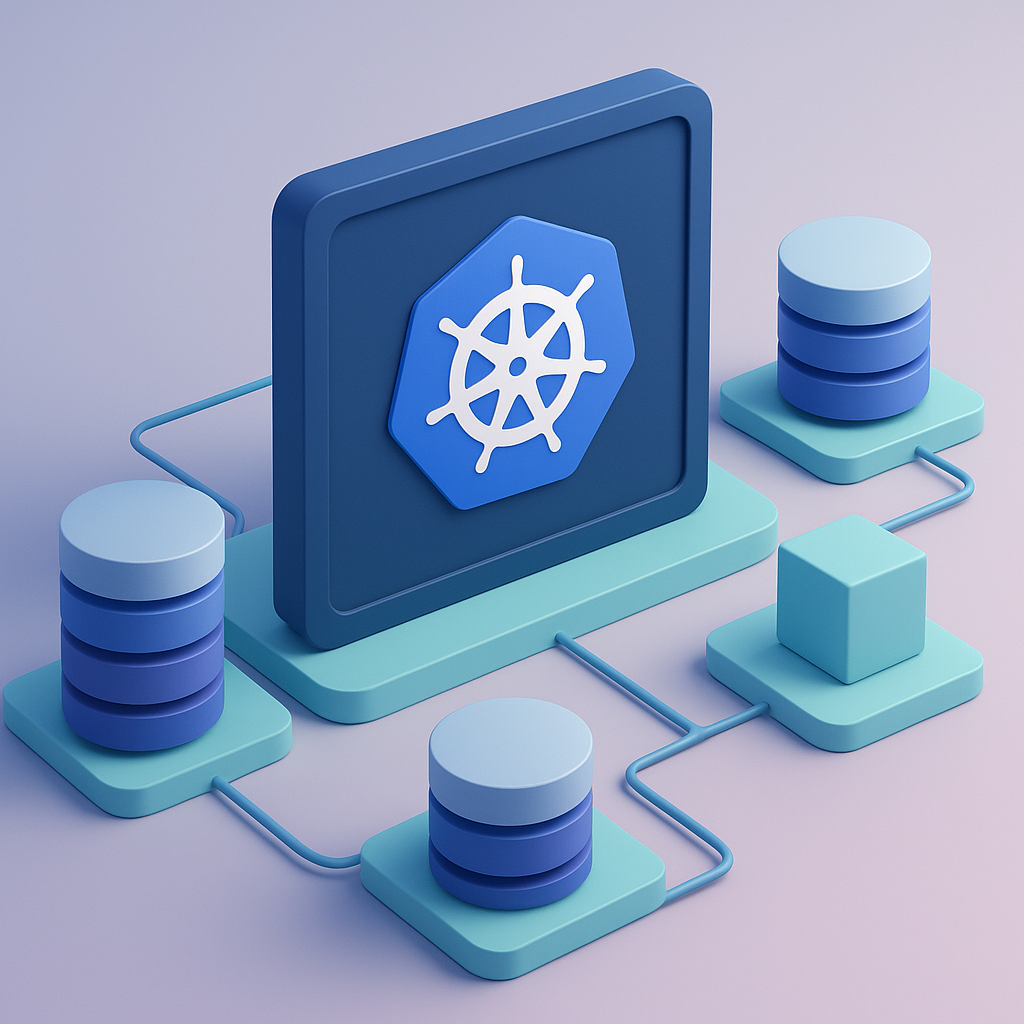

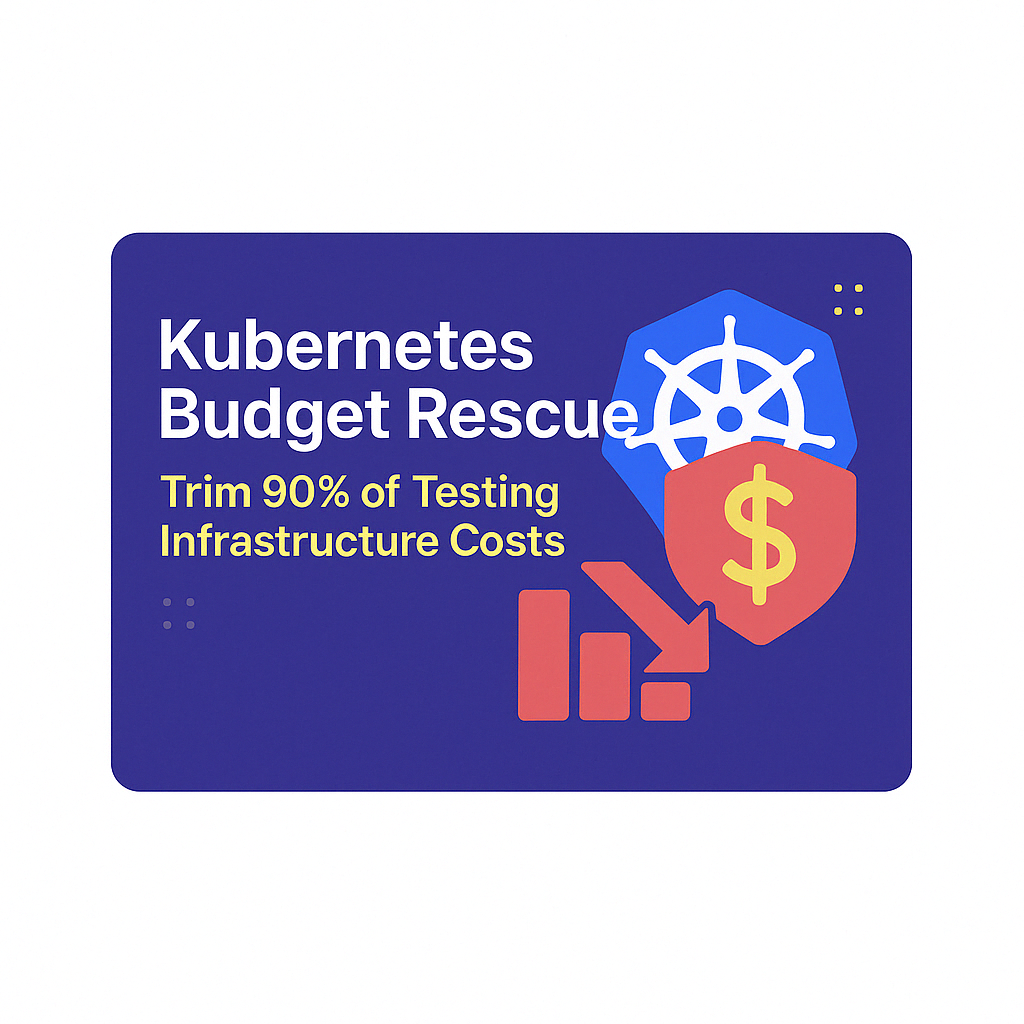
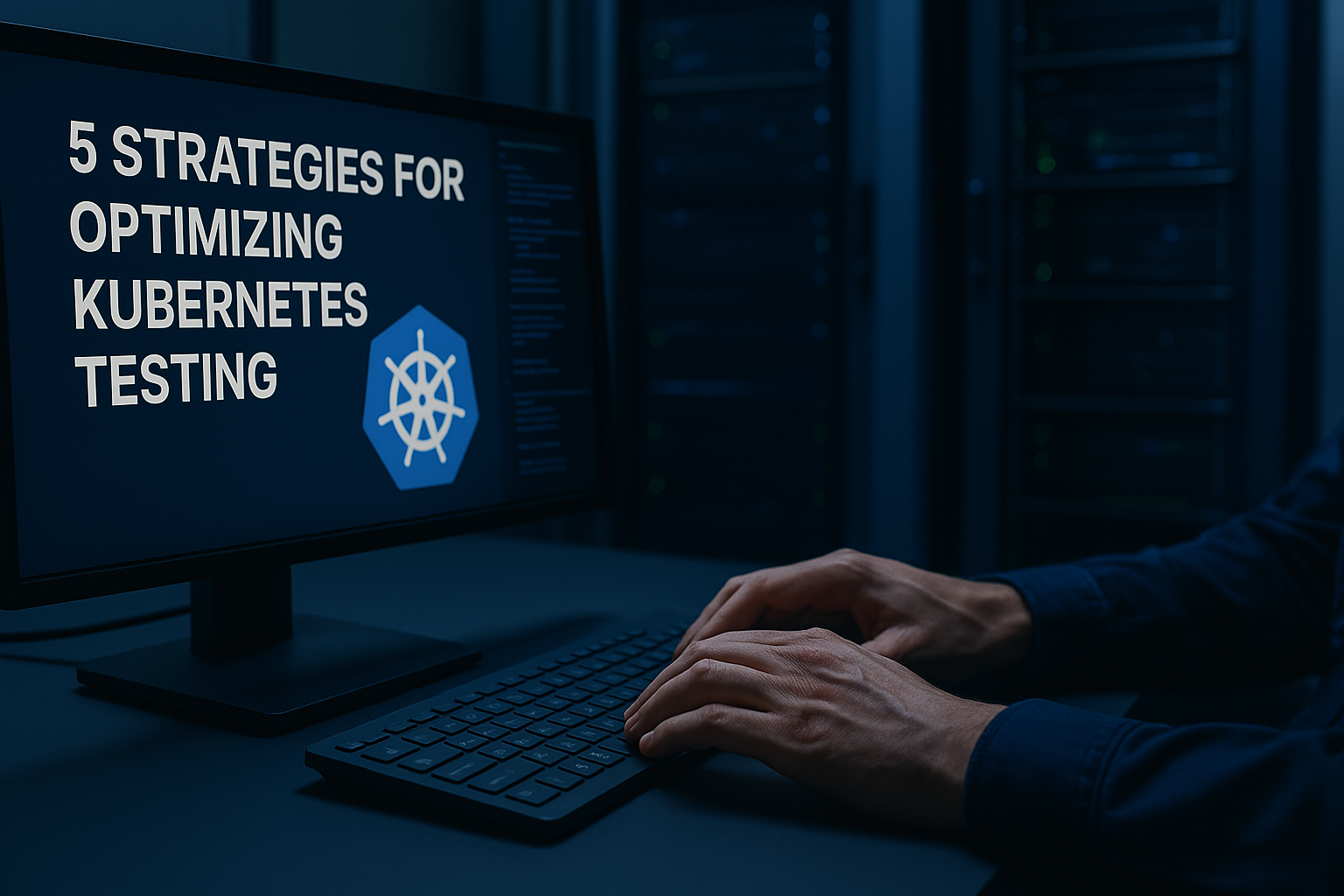
.png)
.jpg)






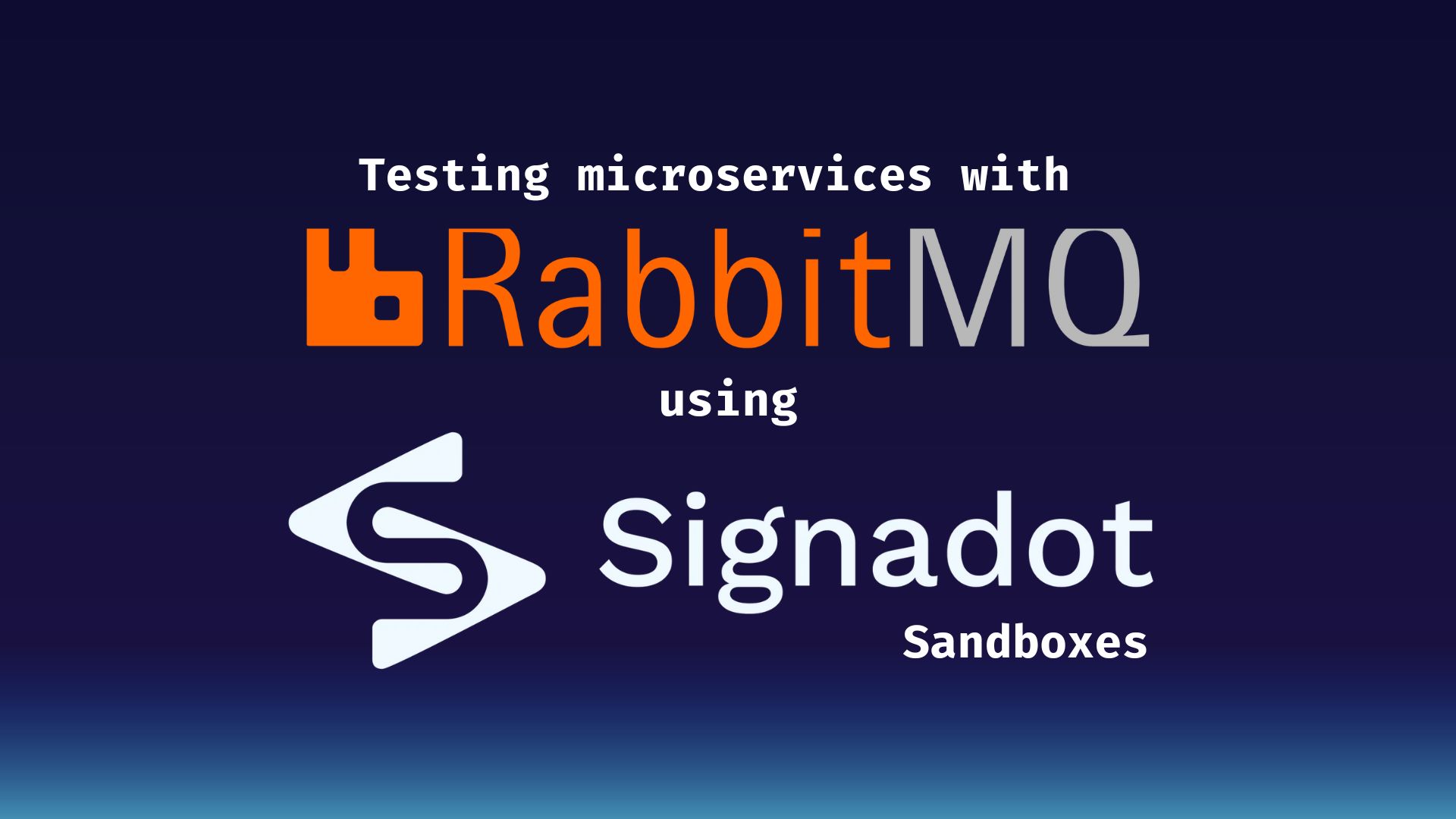

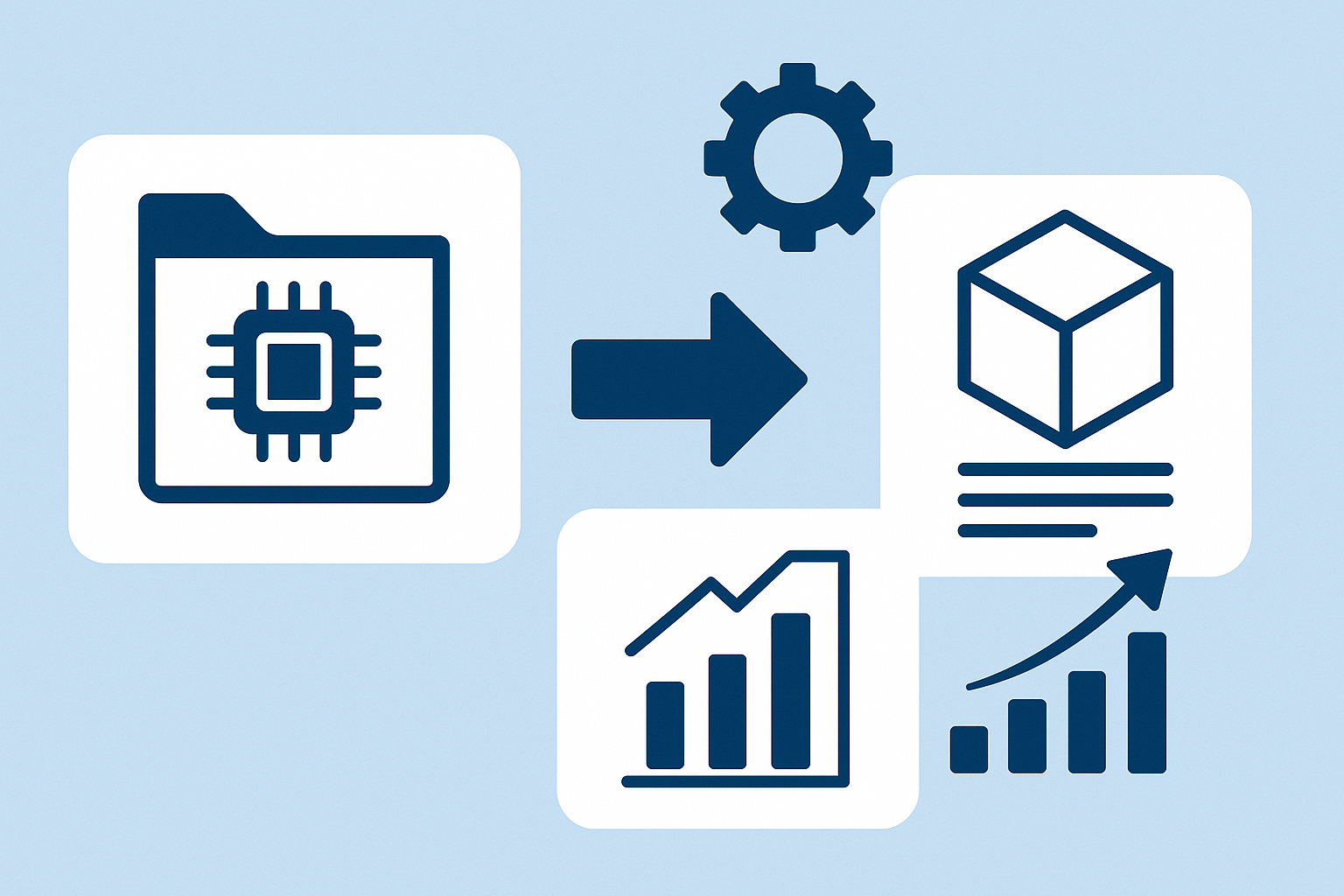
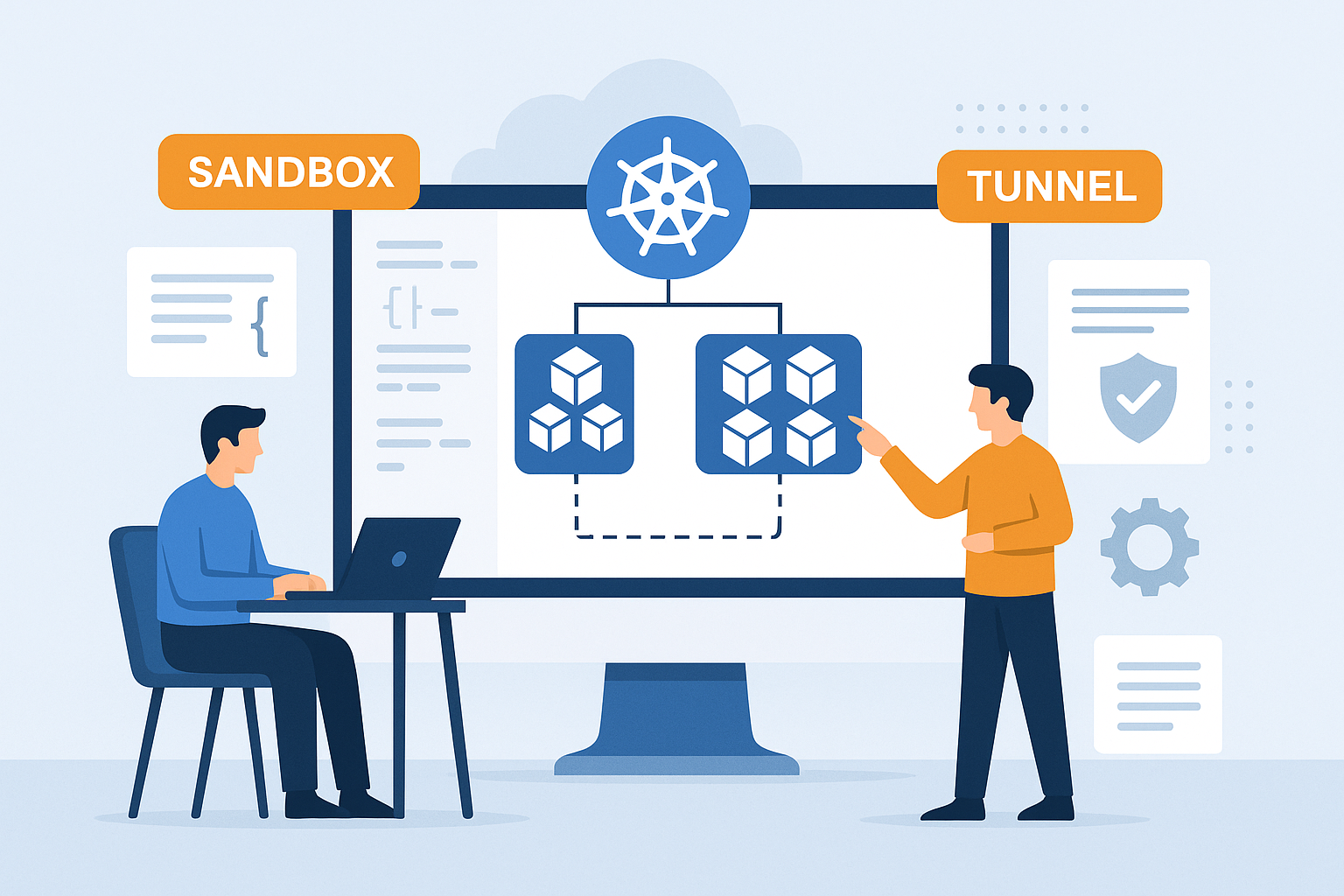
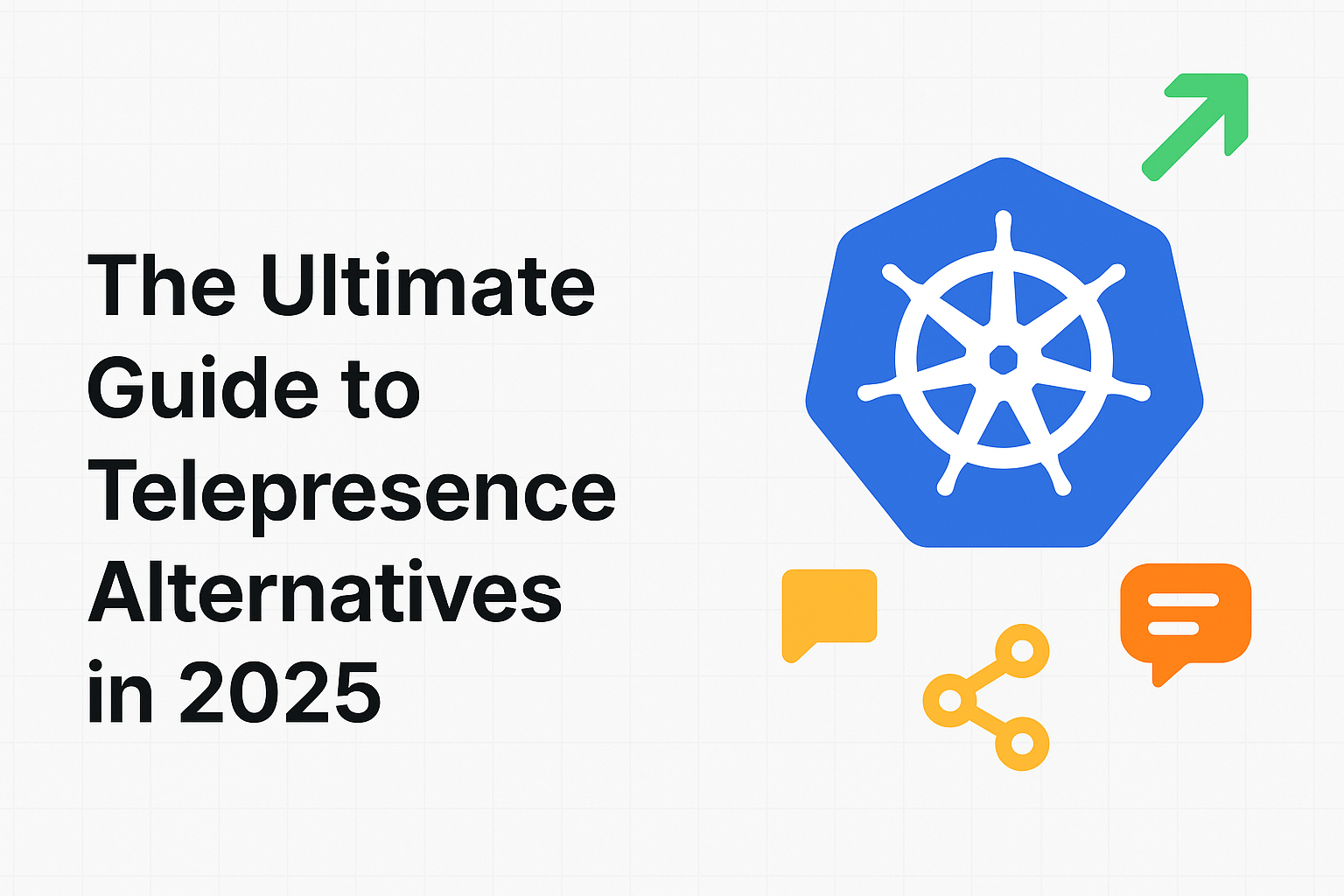
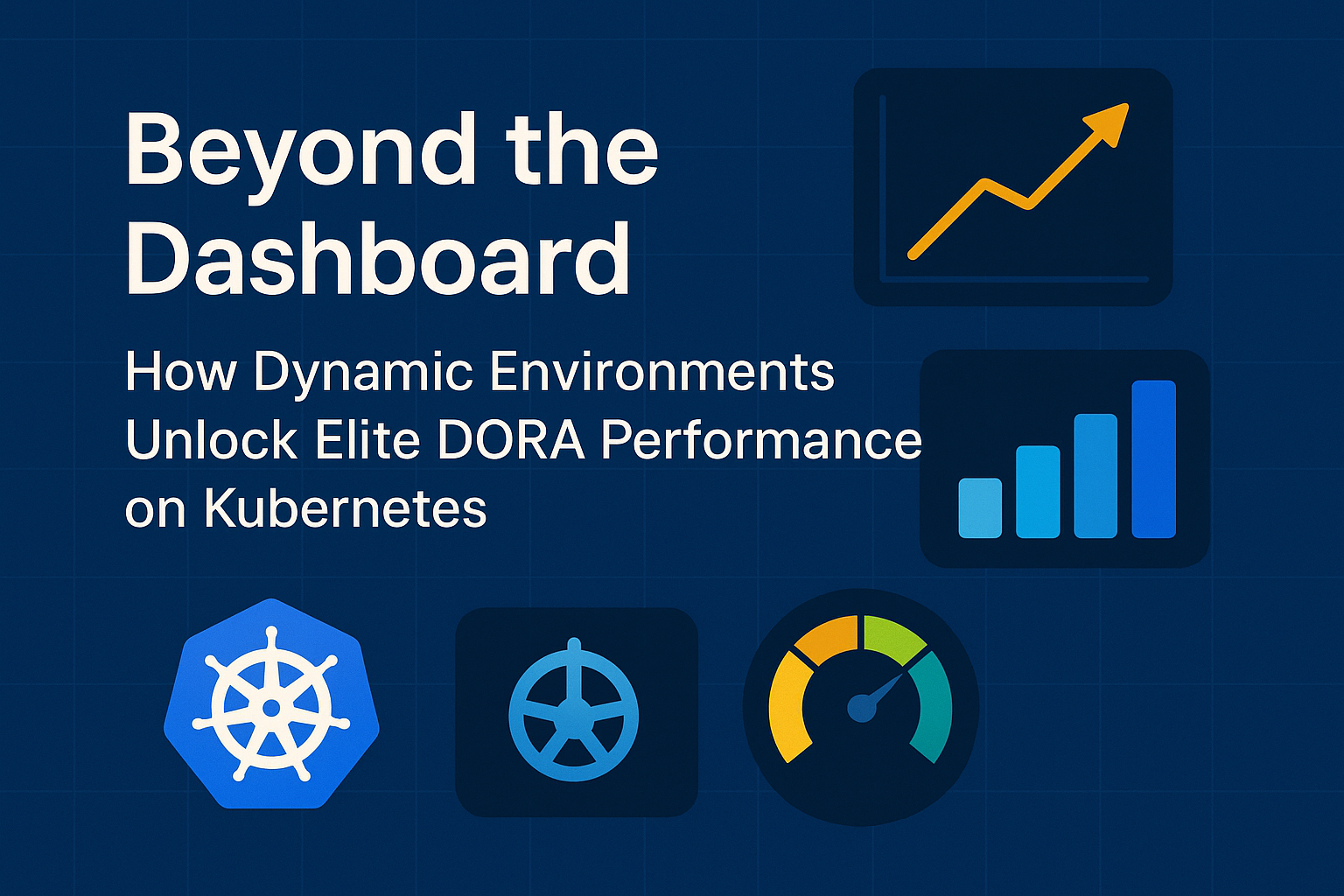
.jpg)


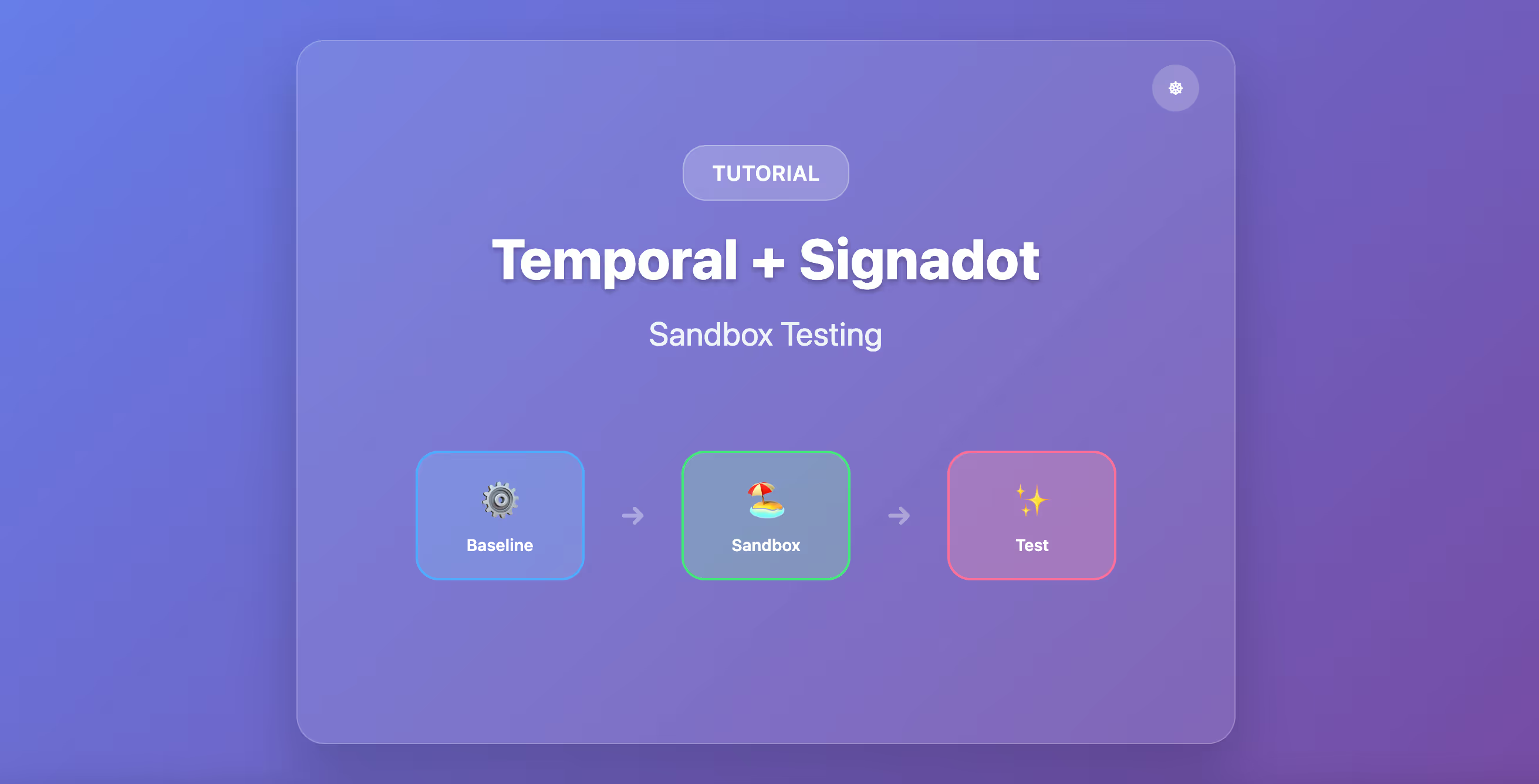

.avif)





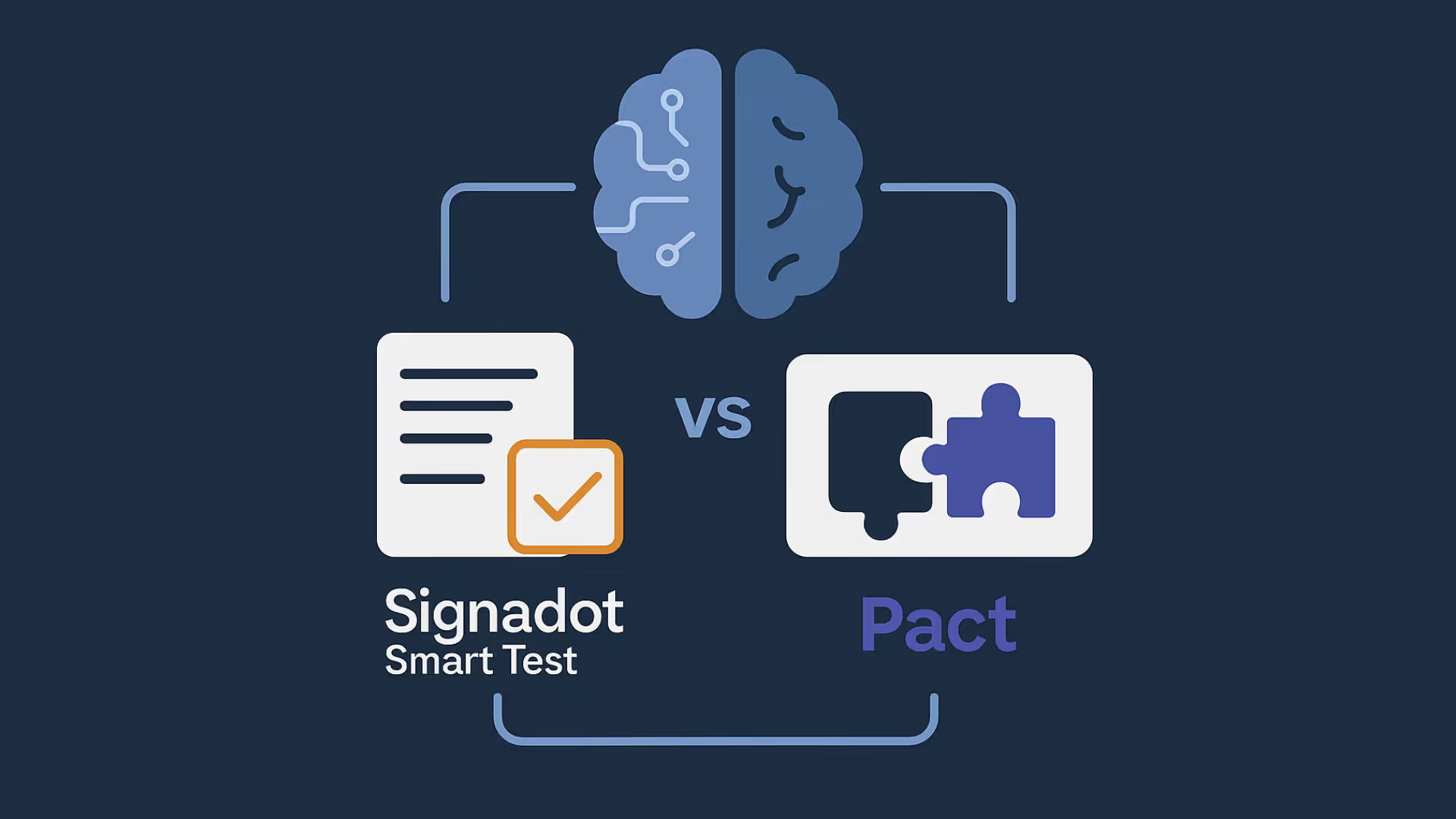













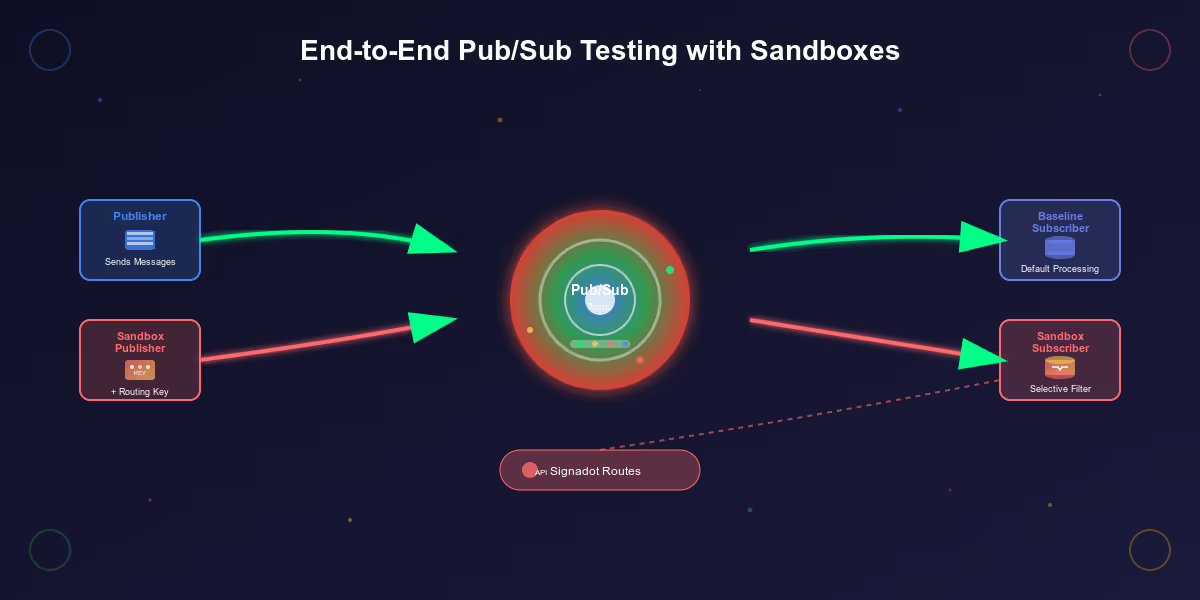
















































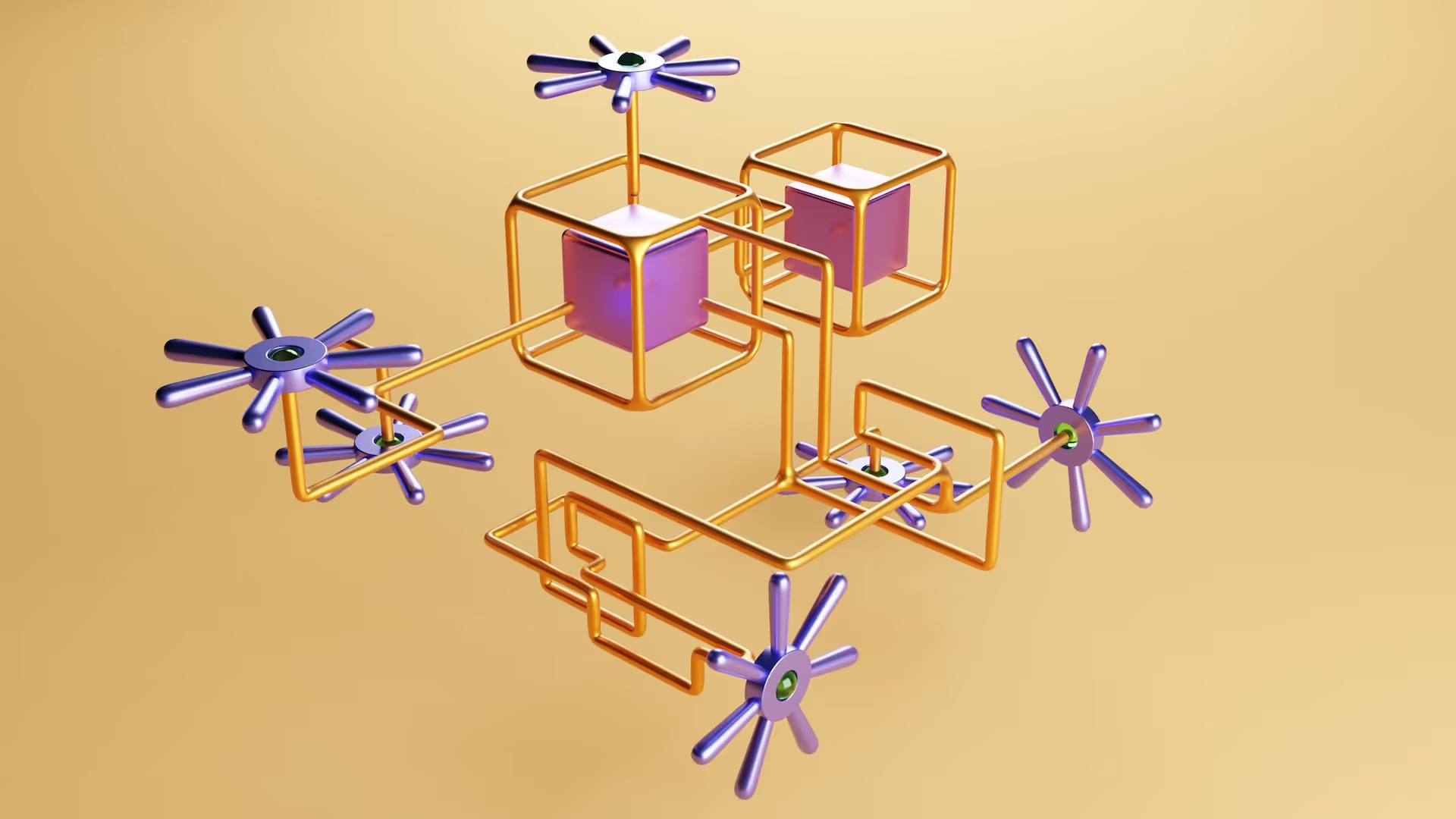







.avif)

